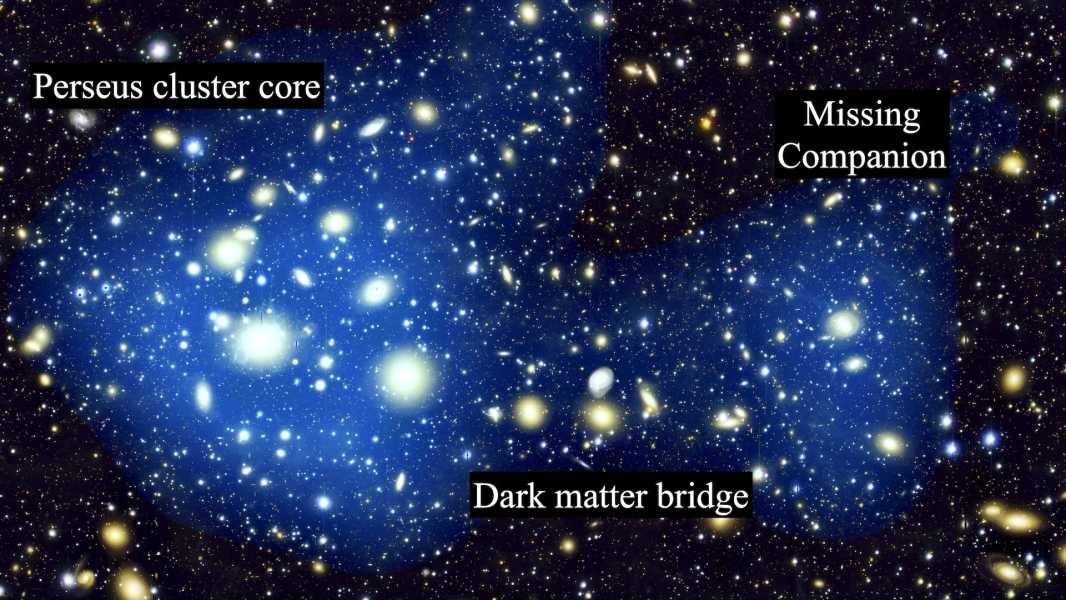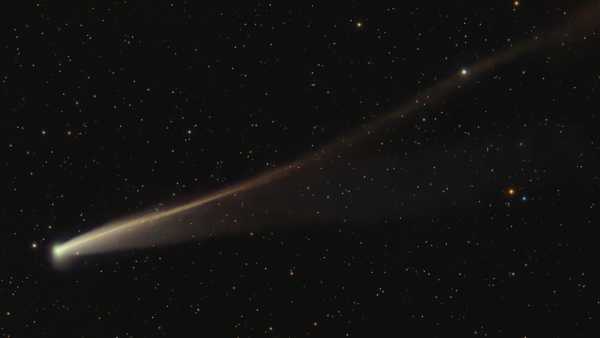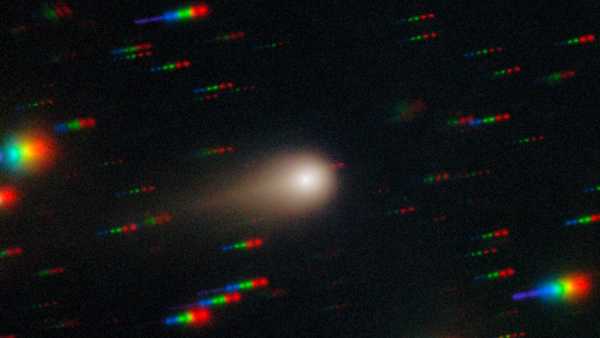
The Perseus galaxy cluster as seen by the Subaru Telescope at Mauna Kea Observatory in Hawaii. The subcluster on the right was recently identified. The blue area shows the inferred distribution of dark matter. (Image credit: HyeongHan et al.)
Astronomers thought the Perseus cluster was a large but stable group of galaxies until evidence emerged of a possible collision with another cluster, but no one was able to identify the cosmic interloper. Now, using a technique known as weak gravitational lensing, scientists believe they have finally found the hidden intruder.
The Perseus cluster of galaxies is one of the most impressive structures in the known universe. Named after the constellation in which it is located, it is a vast collection of thousands of galaxies spread over a distance of 11.6 million light-years, or about 100 times the diameter of the Milky Way.
At 250 million light-years from Earth, it is considered relatively close, although it is moving away at 3,335 miles per second (5,366 kilometers per second) as a result of the expansion of the universe.
You may like
Sourse: www.livescience.com





